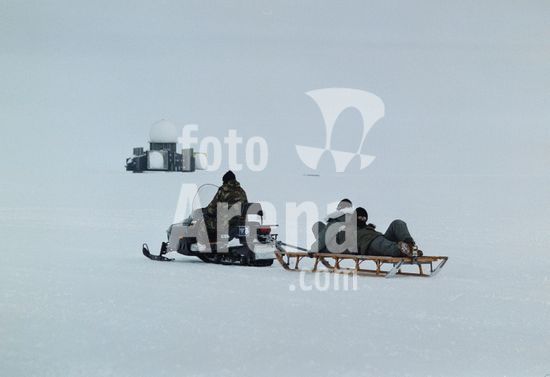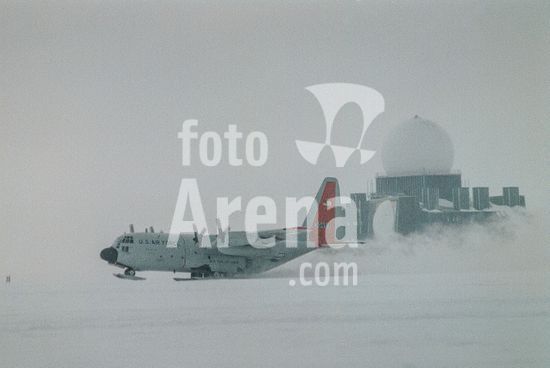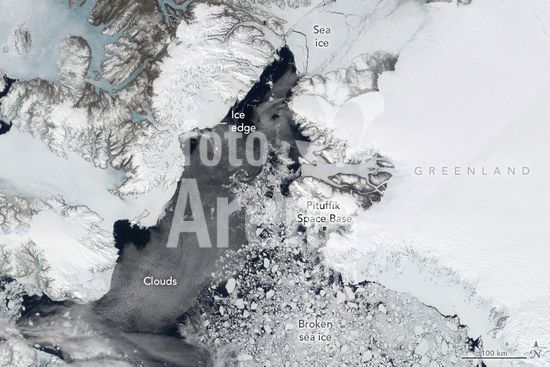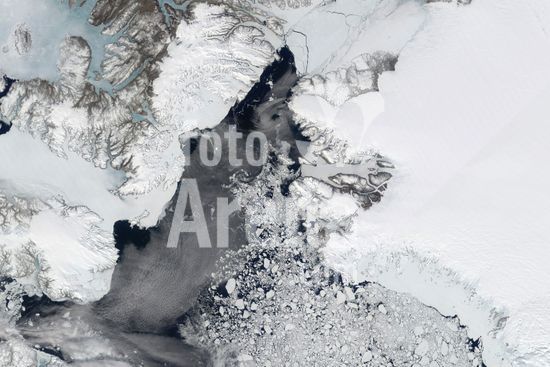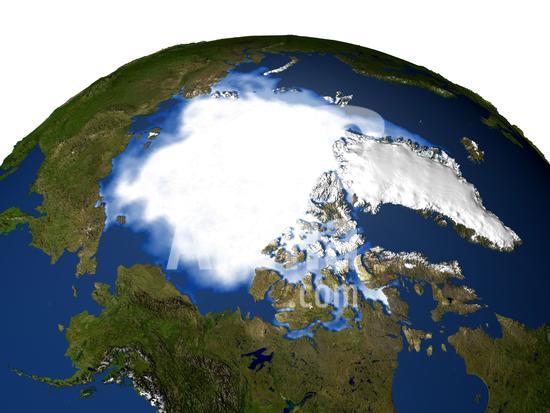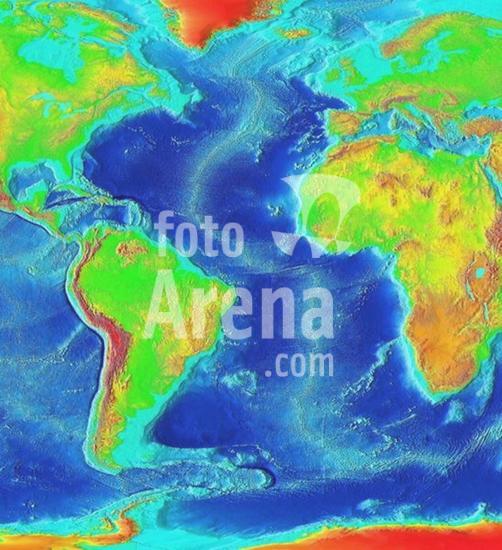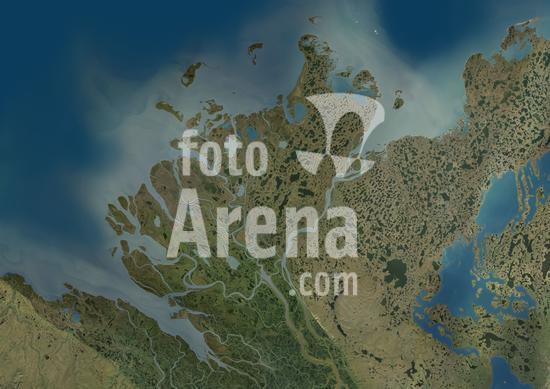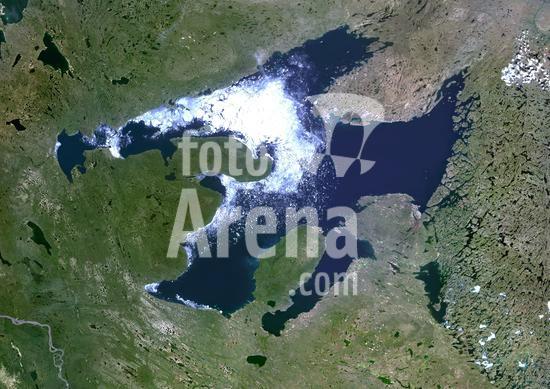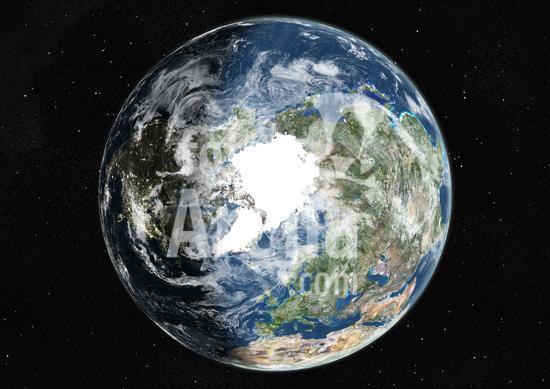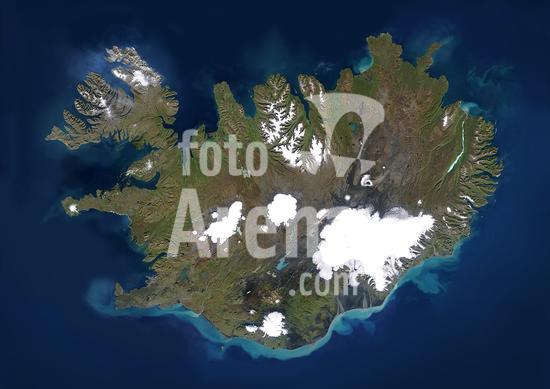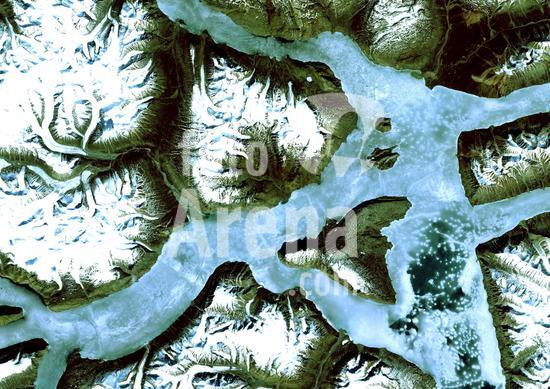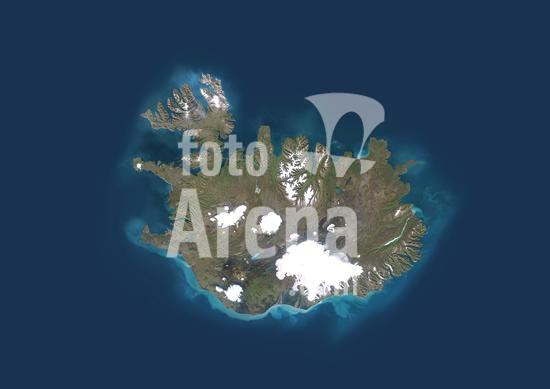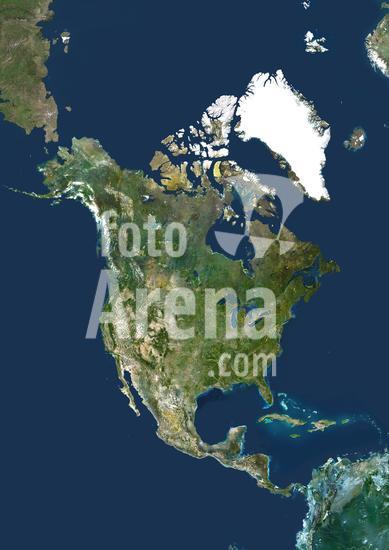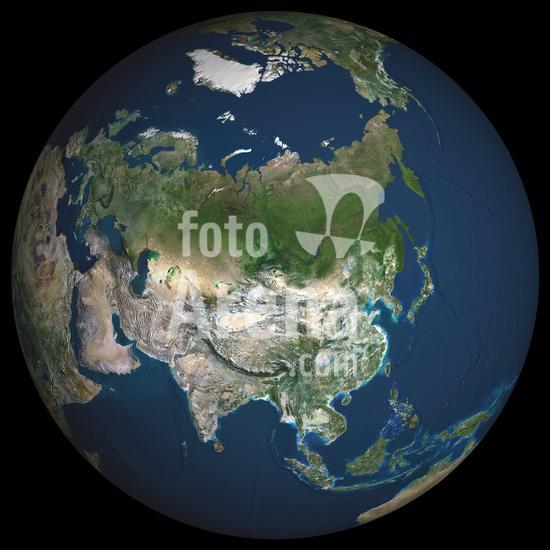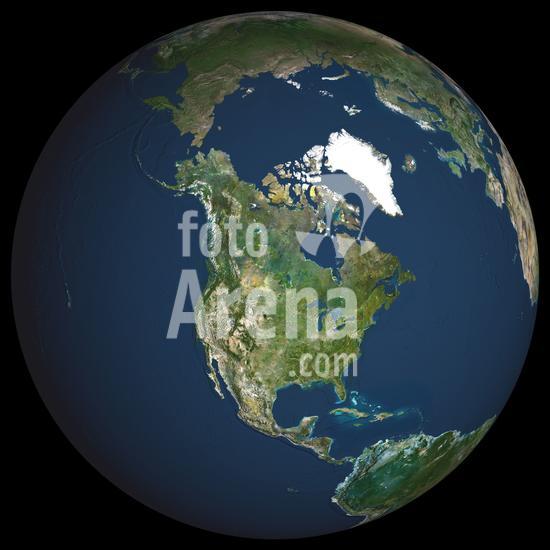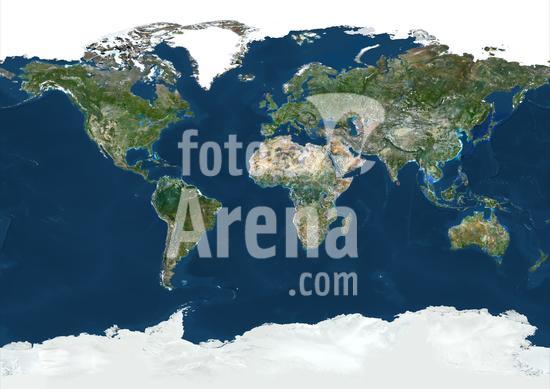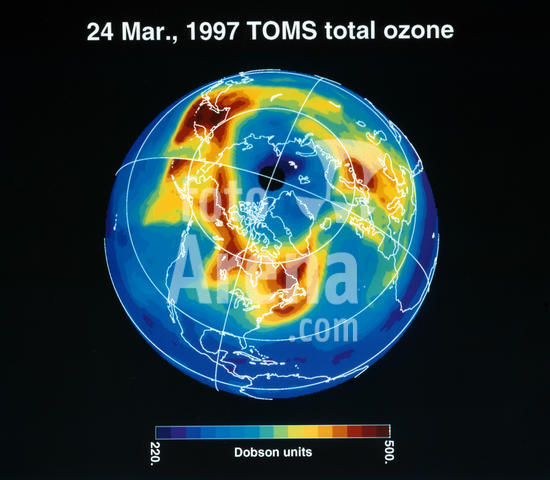
20250322_shc_z03_882
March 22, 2025 - Arctic - Winter sea ice cover in the Arctic was the lowest it's ever been at its annual peak on March 22, 2025, according to NASA and the National Snow and Ice Data Center (NSIDC). At 14.33 million square kilometers (5.53 million square miles), the maximum extent fell below the prior low of 14.41 million square kilometers (5.56 million square miles) in 2017. The map above shows the ice extent on March 22, the day of the 2025 maximum. To determine extent, scientists project satellite observations of sea ice onto a grid and then add up the total area of each cell that is at least 15 percent ice-covered. The yellow outline shows the median sea ice extent for March (1981-2010), the month when the ice generally reaches its maximum extent. A median is the middle value; that is, half of the extents were larger than the yellow line and half were smaller. (Credit Image: © NASA Earth/ZUMA Press Wire)
DC




























































